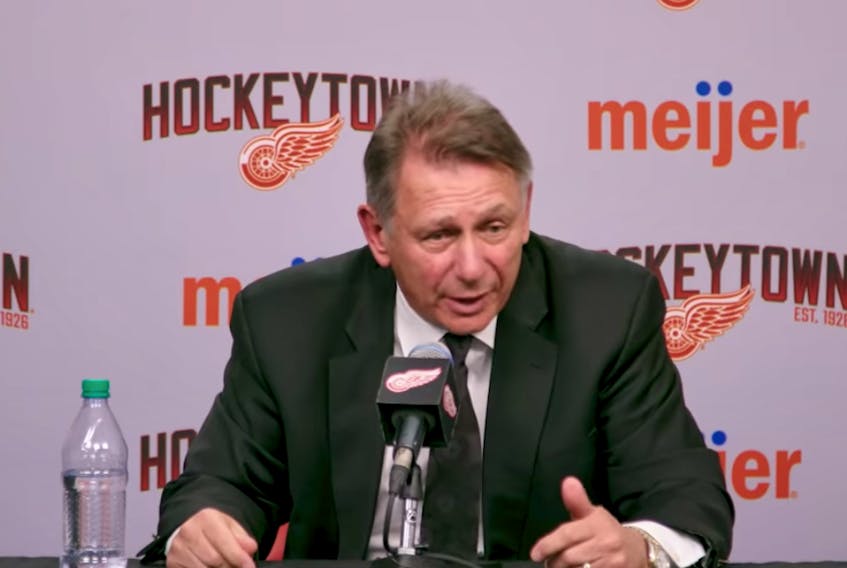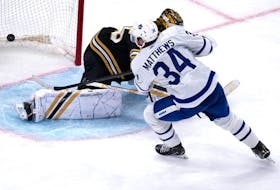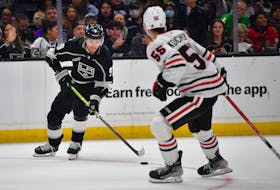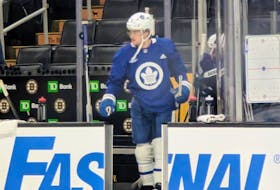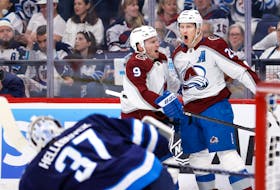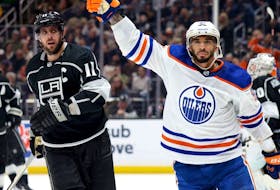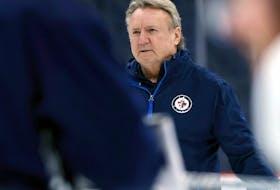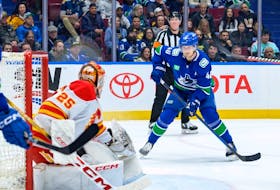The knock on new Edmonton Oilers GM Ken Holland is that with Detroit this year he had the most expensive team in the NHL but also one of the worst teams.
In league where properly managing the salary cap is one of the most important jobs of any NHL GM, Holland was right up there with Peter Chiarelli of the Oilers in failing to get any bang for his buck.
As Travis Yost of TSN says, “No one is ever going to take away that blistering run of success that is front and centre on Holland’s resume. But those runs were many, many years ago. And years after those runs the Red Wings have no immediate future, thanks in large part to so many crippling long-term contracts given out to aged-out veterans or players who never had a prime in the first place. Outside of Detroit, no team needs more immediate help managing against the salary cap than Edmonton. That’s what makes the Holland hiring so curious. Is Edmonton getting the builder from 15 years ago, or a piece of the Detroit front office that has spent the Red Wings into the ground?”
So we should all be utterly morose that Holland has now replaced Chiarelli as Oilers GM, right? We’re simply going from bad to bad in Edmonton, correct?
It could well be the case. But it’s not necessarily the case.
Holland is not Chiarelli in one important way. Holland was at the cutting edge of moving his Red Wings to be a fast and skilled team, a trend that has taken over the entire NHL. He’s not the kind of GM who would have invested heavily in big, slow players like Milan Lucic and Griffin Reinhart.
So where did Holland go wrong? The problems in Detroit are a hangover from 2012 to 2016, when Holland still had two aging superstars on his team in Henrik Zetterberg and Pavel Datsyuk and he was doing all he could to keep his Red Wings in the playoffs and maybe go on some final miraculous run.
But it’s worth noting that from 2017 to present, Holland has abruptly changed directions with the Red Wings. He’s stopped trading draft picks for veteran players and he’s started trading veteran players for draft picks, including trading Brendan Smith, then 28, Thomas Tatar, then 27, Gustav Nyquist, then 29, and Nick Jensen, then 28. Moving out these vets means that Detroit’s cap problems are over, with $15 to $20 million to spend both this summer and next summer.
These trades gave Holland three extra third round picks in the 2017 entry draft, and an extra first, second and two extra thirds in the 2018 draft. In this 2019 draft, Holland got his old Red Wings two extra second round picks as well. He’s got three more extra second/third round picks lined up for 2020 and 2021 drafts.
As Holland well knows having been a scout since 1985, not every drafted player is going to turn out so the more draft picks you have the better chance you have of finding not only that solid NHL vet, but that late round steal.
Holland was a key man in Detroit’s management during its 25 year playoff run, with the team being serious Stanley Cup contenders about 20 of those years. That great run, as much as anything, was built on brilliant drafting from 1989 to 2004 when he was head of scouting or GM. Detroit found numerous late round gems: Vyacheslav Kozlov, 45th overall, Darren McCary, 46, Nicklas Lidstrom, 53rd overall, Chris Osgood, 54 overall, Sergei Fedorov, 74 overall, Mike Knuble, 76, Valtteri Filppula, 95, Johan Franzen, 97, Dallas Drake, 116, Kyle Quincey, 232, Pavel Datsyuk, 171, Henrik Zetterberg, 210, Vladimir Konstantinov, 221, Dan McGillis, 238, Tomas Holmstrom, 257, and Jonathan Ericsson, 291.
After Franzen was taken in 2004, however, that brilliant run of draft success ended. Detroit became a mediocre team in the draft, at best. It could well be that the strong team of scouts assembled in the 1990s was past its best-before date. This is something Edmonton fans understand can happen, as the Oilers’ brilliant drafting from 1979 to 1984 came to a crashing end at that point, with the team having one of the worst draft records in the NHL from 1985 to 2015, and hence the team’s relegation to the botto
Copyright Postmedia Network Inc., 2019

